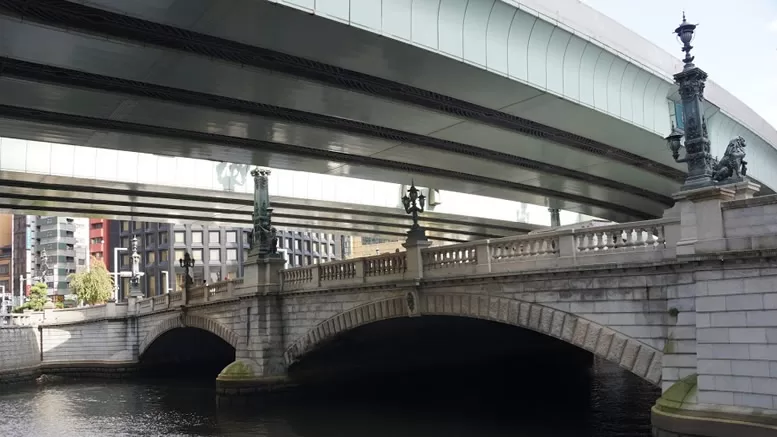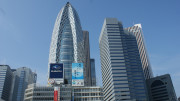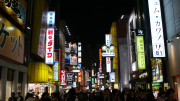The Nihonbashi Bridge is one of two bridges that remain in Tokyo from the Meiji Emperor Mutsuhito reign of 1867 to 1912. Others have made way for new developments or were lost in the bombing and fire storms of World War II. Today the bridge is one of the few structures left in Tokyo that still shows damage from the bombing raids that flattened much of the city with damage to the stonework clearly visible.
Spanning the Nihonbashi River, the bridge designed by Tsumaki Yorinaka opened in 1911 and replaced a string of older wooden bridges that can be traced back to 1603. The area around the bridge has grown to become a huge financial and retail district and was even home to the city’s major fish market before it moved to Tsukiji.
The Nihonbashi Bridge is regarded as the centre of Tokyo, all distances to Tokyo are measured from the centre of the bridge. A brass plague can be seen on the middle of the bridge marking the “Kilometer Zero”. The stone bridge also features beautiful cast iron lighting towers guarded by magnificently detailed lions and dragons.
While the bridge has some charm to it, a monstrous expressway was built along the river and across the top of the bridge in 1963. In recent years there have been many calls to move the expressway underground with the local transport ministry starting investigations into its relocation. The locals and the government are hoping the project will kickstart urban renewal of the area once the bridge and river will be once again exposed to natural light.
At the northern end of the bridge is the Mitsukoshi department store, this huge store covers 2 blocks and was Japan’s first department store, since then many department stores have been established in the area.



